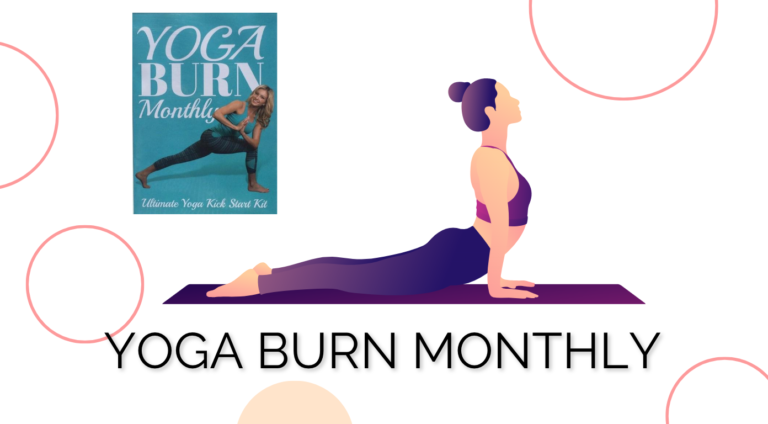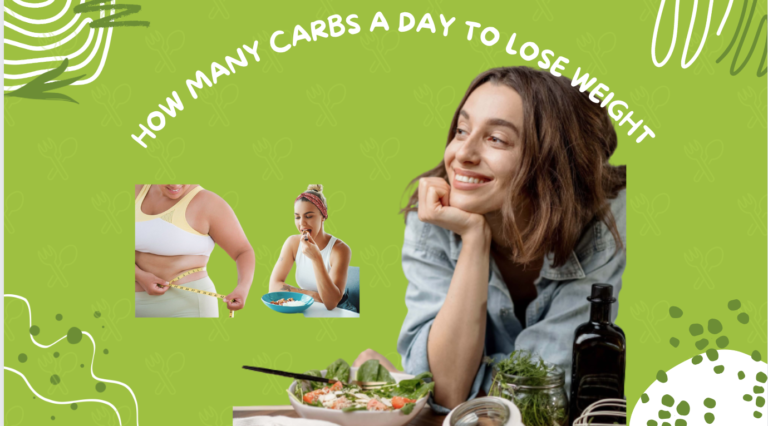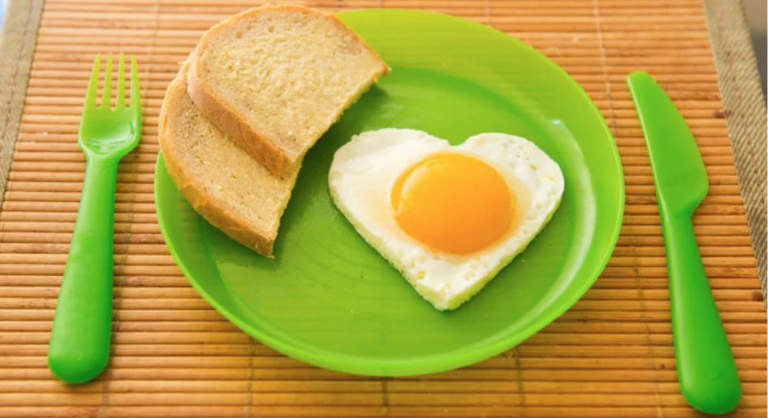Unlocking the Secrets: Is Pilates Good for Weight Loss?
“Is Pilates Good for Weight Loss?” is a common question among individuals seeking effective ways to shed excess pounds and improve their overall fitness. Pilates, a low-impact exercise method that focuses on strengthening the core muscles, improving flexibility, and enhancing posture, has gained popularity recently for its potential benefits in weight management.
This article will explore the connection between Pilates and weight loss, examining how this unique exercise can contribute to a healthier and slimmer body. Whether you’re a Pilates enthusiast or considering incorporating it into your fitness routine, this discussion will provide valuable insights into its role in achieving your weight loss goals.
What is Pilates?
Pilates is a holistic and low-impact exercise system developed in the early 20th century by Joseph Pilates. It focuses on strengthening the body’s core muscles, including the abdomen, back, and pelvic region, while emphasizing flexibility, balance, and improved posture.

Pilates exercises involve controlled movements, precise breathing techniques, and specialized equipment like reformers and mats. This method promotes a balanced and well-toned physique by targeting large and small muscle groups. Beyond physical benefits, Pilates also emphasizes mental concentration and body awareness, making it a comprehensive approach to fitness and well-being.
Pilates for Weight Loss: Myth or Reality?
For many people, when they think of exercise for weight loss, high-intensity cardio workouts or strength training sessions come to mind. However, the benefits of Pilates for shedding those extra pounds should not be overlooked. While it is true that Pilates may not burn as many calories per session as a high-impact workout like running or cycling, it can still play a significant role in weight loss by promoting lean muscle growth and enhancing overall body composition.
One of the key ways in which Pilates aids weight loss is by increasing muscle mass. As we know, muscle burns more calories at rest than fat does. By consistently practicing Pilates and building lean muscle, you can have a higher resting metabolic rate, meaning your body will continue to burn calories even after your workout. Additionally, engaging in Pilates exercises requires core strength and stability, which helps to improve posture and alignment – leading to an improved physique.
Another aspect often overlooked is the mental component of weight loss. Many people engage in mindless eating due to stress or emotional reasons. The mindfulness and focus required during a Pilates session can help individuals develop healthier habits around food by fostering a greater awareness of their body’s needs and cues. This increased self-awareness can lead to better choices regarding nutrition and portion control – crucial elements for successful weight management.
The Role of Diet in Pilates for Weight Loss
Diet is crucial in any weight loss journey, including incorporating Pilates into your fitness routine. Here’s how your diet can complement your Pilates practice for effective weight loss:
Caloric Balance:
Regardless of the exercise regimen, weight loss fundamentally comes down to a caloric deficit — burning more calories than you consume. Pilates helps you burn calories, but monitoring your food intake is equally important. Calculate your daily caloric needs and ensure you’re eating at a slight deficit to lose weight effectively.
Nutrient-Rich Foods:
Focus on consuming nutrient-dense foods such as fruits, vegetables, whole grains, lean proteins, and healthy fats. These foods provide essential vitamins, minerals, and antioxidants, supporting overall health and energy levels during Pilates workouts.
Portion Control:
Pay attention to portion sizes. Even healthy foods can contribute to weight gain if consumed in large quantities. Pilates enhances body awareness, which can extend to your eating habits. Be mindful of portion sizes to avoid overeating.
Protein Intake:
Including an adequate amount of protein in your diet is essential. Protein helps in muscle repair and growth, which is beneficial when engaging in Pilates exercises targeting various muscle groups. Good protein sources include lean meats, fish, eggs, dairy products, legumes, and plant-based options like tofu and tempeh.
Hydration:
Stay well-hydrated, as water is essential for various bodily functions, including metabolism. Drinking water can also help control hunger and prevent overeating.
Avoid Processed Foods:
Minimize your intake of processed foods, sugary snacks, and beverages high in added sugars. These items are often high in calories and low in nutritional value, leading to weight gain over time.
Balanced Macronutrients:
Aim for a balanced intake of carbohydrates, proteins, and fats. Carbohydrates provide energy for your Pilates workouts, proteins aid in muscle recovery, and healthy fats support overall bodily functions. Balance is key to sustainable energy levels and successful weight loss.
Success stories: Real-life experiences with Pilates
Pilates is more than just a workout routine; it has transformed lives in ways many could not have imagined. The combination of low-impact exercises, targeted movements, and core strength training make it an ideal fitness choice for those looking to achieve their weight loss goals.
Anna, for instance, struggled with her weight for years until she stumbled upon Pilates. She started practicing regularly and gradually noticed a remarkable change in her body composition. Not only did Anna lose significant weight, but she also gained greater flexibility and improved posture. This newfound confidence had a ripple effect on various areas of her life – from increased productivity at work to enhanced self-esteem in social situations.
Another success story is Mark, who had always yo-yoed between diets without long-lasting results. Frustrated, he decided to try something different and gave Pilates a shot. Little did he know that this decision would prove to be life-changing. Through consistent practice, Mark managed to shed excess weight and build lean muscle mass, dramatically transforming his physique. Most importantly, Pilates became his lifelong habit as he realized its holistic benefits extended far beyond mere aesthetics – improving mental clarity and overall well-being.
Final Thoughts
In conclusion, Pilates can be an effective tool for weight loss when combined with a balanced diet and regular cardiovascular exercise. While it may not burn as many calories as high-intensity workouts like jogging or cycling, Pilates can help build lean muscle mass and improve overall body composition. Its focus on core strength and flexibility can also lead to better posture and injury prevention, making it a valuable addition to any fitness routine.
However, it is essential to remember that weight loss ultimately comes down to burning more calories than you consume. So, whether you choose Pilates or another form of exercise, finding something you enjoy and can stick with is key to achieving your weight loss goals. Start incorporating Pilates into your routine today and experience the benefits for yourself!
FAQs
How often should I do Pilates to see weight loss results?
To see noticeable weight loss, practicing Pilates at least 3-4 times per week is recommended.
How long does it take to see weight loss results from doing Pilates?
Results vary depending on factors such as frequency of practice, diet, genetics, and individual metabolism. However, consistent effort over time typically yields visible changes within a few weeks.







